As consumer preferences continue to evolve at an unprecedented pace, the retail world becomes increasingly saturated. Retailers find themselves navigating a complex maze of choices to stay relevant, and understanding their customers has never been more crucial. Enter the realm of customer profiles —a strategic tool that transcends traditional demographics and delves into the intricate nuances of individual buying behavior. In this realm, data meets personalization to create a winning formula for sustained customer loyalty.
Customer profiles are critical in creating omnichannel customer engagement strategies that resonate with a retailer’s target audience. They allow marketers to understand their ideal customers and use the information to tailor their digital engagement. With 88% of online shoppers saying they would not return to a website after a bad user experience (UX), it is essential to consider the customer at each step of engagement. In this article, we embark on a comprehensive exploration of customer profiles for retailers, unraveling the analysis, examples, and best practices that can revolutionize your approach to customer retention.
Table of Contents
What is a customer profile in retail, and why does it really matter?
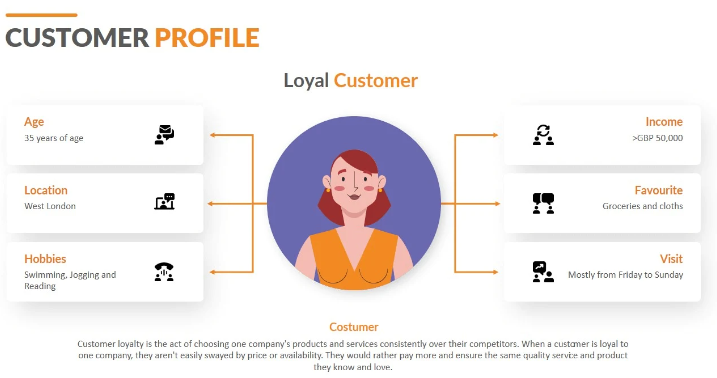
A customer profile in the retail context is a detailed and comprehensive representation of an individual customer, encompassing a range of characteristics, preferences, and behaviors. It allows retailers to identify commonalities about their best customers, and once retailers analyze those data, they may realize that their top customers share certain traits. It goes beyond traditional demographic data, delving into specific details such as shopping habits, preferred channels, past purchase history, and psychographic elements like lifestyle and values. In other words, a customer profile provides a 360-degree view of the customer, allowing retailers to tailor their marketing, communication, and overall approach to meet individual needs.
Moreover, customer profiles serve as a foundational element for data-driven decision-making in an era dominated by data like a Customer Data Platform (CDP). They allow retailers to analyze trends, forecast future behaviors, and optimize various aspects of their operations, from inventory management to marketing campaigns. The result is not just enhanced customer satisfaction but also improved operational efficiency and, ultimately, increased profitability.
Tip: You can read our detailed guide about what a CDP is here
Armed with this information, a retailer can create targeted marketing and engagement strategies that speak to potential customers on a deeper level. More than 70% of customers expect companies to understand their needs. Retailers can leverage customer profiles to personalize the customer experience, creating reports about user profiles for UX that can help boost customer retention. In this scope, a customer profile is the key to unlocking the doors of customer-centric retailing. It transforms the retail experience from a transactional exchange to a personalized journey, making customers feel seen, understood, and valued.
Analyzing the most common customer profiles in the retail industry
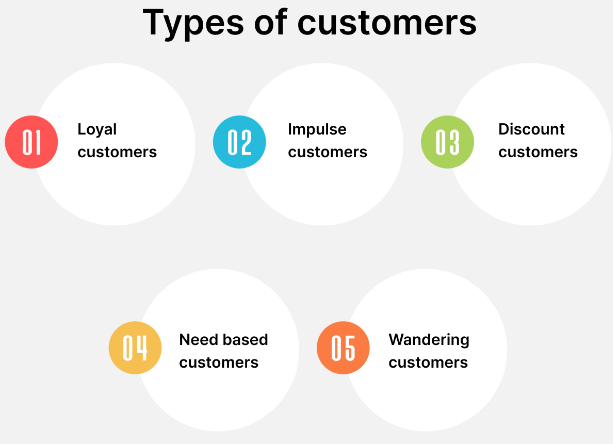
Customer profiles in retail are not limited to a company’s top spenders. Retailers can also create them for “one-time” and “sometimes” shoppers to find ways to better engage these specific categories of customers. These customer profile examples are a great place to start.
Retail customer profile #1: The one-time shopper
The roster of customer profiles begins with a one-time shopper. A “one-time” shopper only occasionally shops with a particular retailer. This shopper may have been lured in with a social media ad or gift card, but he is not sure he wants to do business with the brand full-time.
- Typical behavior: One-time shoppers frequently browse multiple pages of a retailer’s site to look for merchandise within a set price range. They often abandon their carts if they have to create an account to complete a purchase.
- How to re-target them: Retailers interested in converting one-time shoppers should try to collect customer data. Since many of them abandon their carts if they have to create an account, marketers can entice them to enter their email address or other data with a promo code or special offer. They can also capture more of these shoppers with guest checkout options.
Retail customer profile #2: The soon-to-be customer
The soon-to-be customer knows about a retailer brand, but they have yet to make a purchase. They may be intrigued by a social media ad or another digital campaign but aren’t ready to buy anything yet.
- Typical behavior: Soon-to-be customers typically spend a lot of time browsing a brand’s website. They might add items to their carts and then abandon them before purchasing.
- How to re-target them: Turn browsers into buyers with a special incentive. Use re-targeting strategies to offer one-time discounts to people who have abandoned their carts.
Retail customer profile #3: The frequent shopper
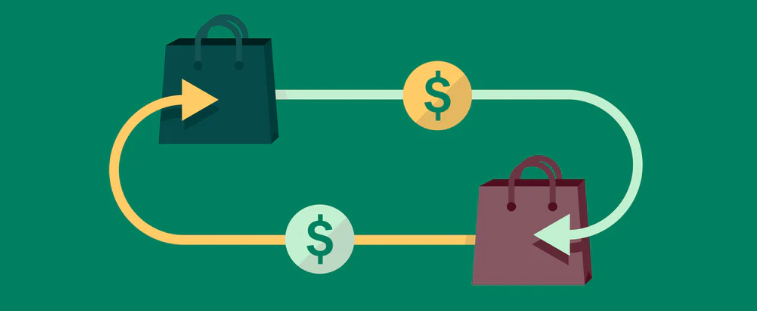
Frequent shoppers buy from a brand often, but they probably don’t spread the word about the brand or consider themselves loyal customers.
- Typical behavior: Frequent shoppers may have a specific item in mind whenever they visit the store. They might prefer to shop with a brand because there is a store nearby, but they wouldn’t go out of their way to shop with that brand.
- How to re-target them: Personalizing the shopping experience can help elevate a frequent shopper to a brand advocate. Make the information gathering and checkout process seamless, or take an omnichannel approach so they can buy items in person and return them online or vice versa.
Retail customer profile #4: The brand enthusiast
Brand enthusiasts are a valuable part of any retailer’s customer portfolio. These customers love the brand and are all about sharing with their friends and family. A brand enthusiast may proudly wear a brand’s logo or post about their purchases on social media and tag the brand.
- Typical behavior: Brand enthusiasts usually appreciate a personalized shopping experience with curated recommendations. They like to share their purchases with social media followers.
- How to re-target them: Some retailers don’t focus engagement efforts on brand enthusiasts because they figure their job ends there. However, brand enthusiasts need attention too. Keep them happy with personalized recommendations and occasional recognition.
Retail customer profile #5: The loyal customer
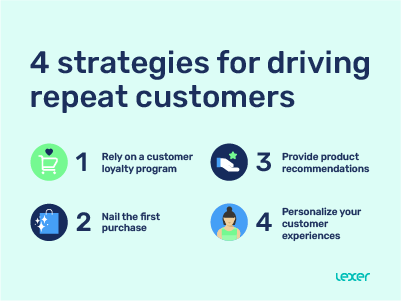
Loyal customers are a brand’s best asset because they take brand enthusiasm up a notch. These users are often top-tier members of loyalty programs, taking advantage of special promotions.
- Typical behavior: Loyal shoppers often start at lower levels of customer status. They may be introduced through a special promotion and find the brand’s goods so superior they start shopping with that brand over its competitors.
- How to re-target them: Keep loyal customers from getting bored by switching up loyalty rewards and benefits. Send out surveys and questionnaires to learn how to improve their shopping experience and use the data to improve loyalty programs.
Best practices for utilizing customer profiles
Marketers for retailer brands can use various customer profile templates to segment their target audience. Once they have created a customer profile database, they can use the data to boost retention rates, increase sales, and personalize the customer experience. Common ways to utilize customer profiles are explored here in depth.
Personalization at scale
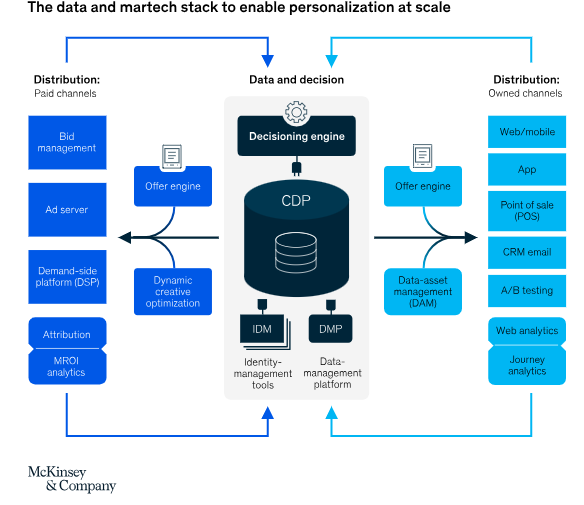
When building a customer profile, marketers analyze various demographic and psychographic data to create a picture of the typical customer in each segment. Using this information, they can personalize product recommendations to appeal to customers’ needs.
Marketers can also use common pain points to develop content and digital marketing campaigns that offer solutions. With rich data found in a customer profile analysis, marketers learn what appeals to each segment. They can use keywords that showcase how their products are the best solution for their customers based on the aspects of the product that matter to people in the customer profile.
Seamless omnichannel experiences

Understanding customers is the first step in creating a seamless omnichannel experience. With a user profile registry or a customer profile Excel template, marketers learn significant aspects of customer behavior and the common buyer journey.
A customer profile will include information such as how the customer interacts with the brand on the internet across devices. They may follow a brand on social media, subscribe to their loyalty program, and make purchases through an app.
Brands that can identify these touchpoints can ensure each interaction is similar regardless of how the customer interacts with the brand. For example, if a customer is a member of a loyalty program, email coupon codes should work on the brand’s website, app, social media shop, and in-store. A customer should not be limited to one channel to make a purchase.
Targeted marketing campaigns
The beauty of customer profiles is that they allow marketers to optimize marketing efforts. Instead of trying to reel in multiple customers with a nationwide print ad, they can make several versions of a digital campaign aimed at people who match their customer profiles.
User profiles are not static entities but dynamic tools that evolve alongside the buyer journey, valuable at every step. Retailers can create messages tempting one-time shoppers to return to the store with personalized product recommendations or an ad campaign touting the ease of checkout. The same retailer can create a different ad campaign for loyal customers, explaining new and exciting perks of the loyalty program to keep the experience fresh.
Inventory management and product selection
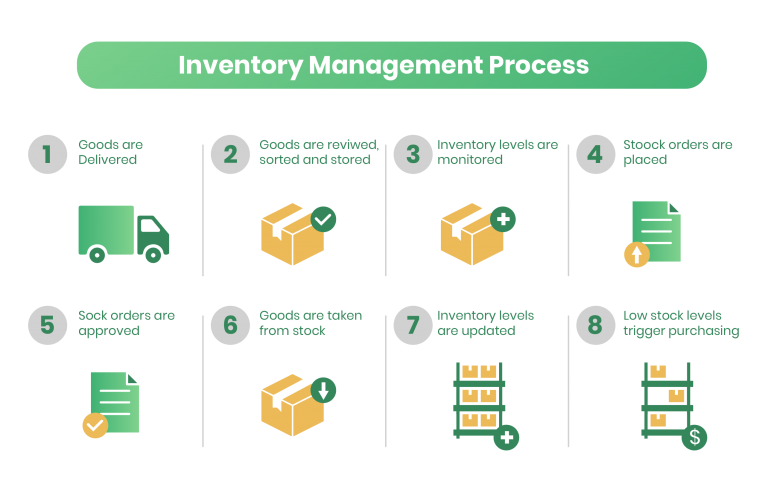
Because retailers create customer profiles using historical data, they may gain insights into their inventory. When compiling customer data, they might notice certain product lines that are popular with one-time shoppers and others that are often found all over a brand enthusiast’s social media. Historical data also gives insight into seasonal patterns a store may not have anticipated. Using customer profiles in fashion and other industries allows retailers to track these trends and plan inventory accordingly. This makes it easier to avoid running out of inventory or having to pay to store or sell off excess inventory. When a retailer knows which social media personalities their brand enthusiasts follow, they can keep up with feeds and plan their inventory purchases.
Customer loyalty programs
Customer profile services are also helpful for building and maintaining customer loyalty programs. Each customer profile description includes the target shopper’s values. Retailers looking to convert brand enthusiasts into loyal customers can use these values to shape loyalty rewards and experiences.
People value access to unique experiences and interactions with a brand and retailers need to appeal to this sentiment. Knowing what customers value and what motivates their loyalty makes it easier to design a loyalty program that attracts those who are spending a lot of money with a brand.

Examples of stellar customer profiling strategies in retail
Multiple digital and omnichannel retailers use customer profiles to enhance the user experience and inspire brand loyalty. Use these examples for inspiration.
Example#1: Amazon’s personalization engine
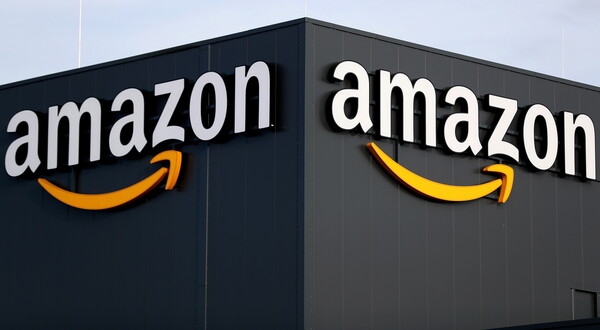
At nearly $3 billion, Amazon is one of the world’s most successful brands, in part because of customer profiling. The company uses a personalization engine to showcase products for each user based on their previous history. Customers can see recent purchase history and personalized product recommendations when they log into their Amazon account. Amazon also uses its digital assistant tool to remind people when it’s time to buy products they frequently order.
For example, if someone commonly orders bath tissue from Amazon, their Echo device may notify them that it’s time to restock. The company also created Amazon Personalize, which allows sellers on the site to create their own intelligent personalization engine.
Example#2: Starbucks’ loyalty program
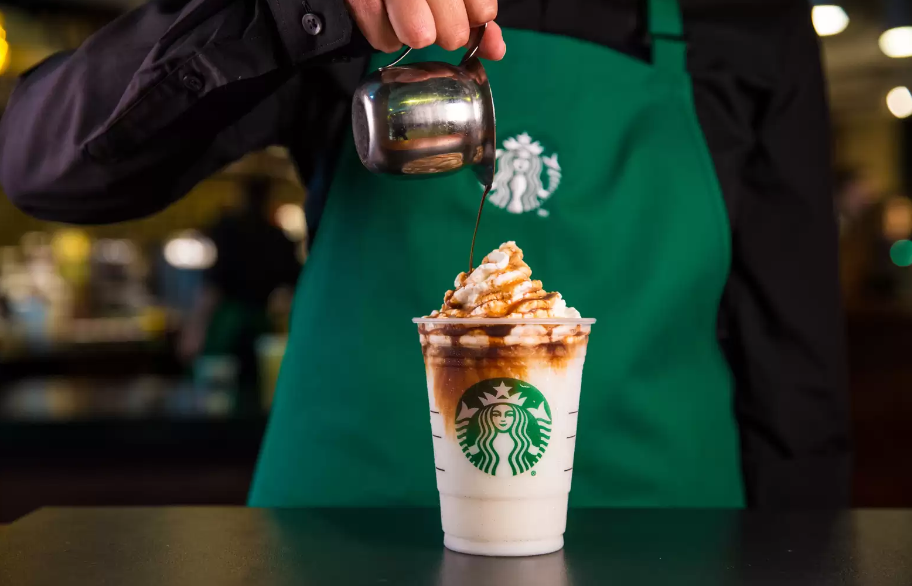
Starbucks made it easy for customers to parlay a gift card into rewards. Customers can add gift cards to their app or transfer the balance to their account. They can also reload a gift card to redeem rewards points.
Starbucks gives stars to each customer based on how much they spend in a transaction. They also offer double stars at certain times or on certain items. This loyalty program is easy for customers to manage. Since their points don’t expire, even infrequent shoppers may want to sign up for the program.
The loyalty program also inspires customers to come in at off-peak times to get double stars. The program is so successful, Rewards members represent 57% of the chain’s customers.
Example#3: Sephora’s Beauty Insider program

Beauty retailer Sephora offers a tiered loyalty program known as Beauty Insider. Customers move through various tiers based on how much they spend. Each dollar equals one loyalty point. However, these loyalty points expire.
One-time shoppers and frequent shoppers can take advantage of smaller perks, such as free shipping on online orders and free trial-sized merchandise they can buy with their points. Members at higher tiers can access exclusive gifts and score invitations to special events.
At the highest tier, Beauty Insiders get first access to products and receive more points during promotional periods. This program expertly uses a tiered structure, enticing customers to move up to receive better perks.
Beauty Insider perks are also available in-store and online, appealing to both sets of shoppers. The program currently has 34 million members and keeps perks fresh, offering challenges to appeal to younger shoppers.
Example#4: Netflix’s content recommendations

Like Amazon, Netflix has mastered the art of personalized product recommendations. The company uses an algorithm to find and recommend similar titles to users. Titles appearing on a customer’s home screen and in their email are curated using previous views and title ratings, shows that appeal to similar customers, and how a customer engages with a title.
Recommendations are also seamless across platforms. A customer who logs in using a user profile on Windows will see the same recommendations as they would if they logged in from a smart TV. The average customer watches 3.2 hours of content on the platform daily, which is easier when they have personalized recommendations on their home page.
Example#5: Walmart’s online-to-offline integration

Retail giant Walmart offers a seamless omnichannel experience to customers with an integrated approach to online and offline shopping. The brand uses customer profiles to provide personalized product recommendations and discounts.
Walmart also allows customers to pick up merchandise they bought online in the store. The brand serves about 230 million customers, including people in rural areas for whom online shopping isn’t as convenient as those who live in suburban or urban areas.
Since Walmart is a large company with ample distribution capabilities, customers have multiple distribution hubs available to serve them. This makes it easier for the company to offer people fast delivery or in-store pickup at a preferred location.
Top-notch Customer Profiling paves the road to success
Customer profiling is not a digital marketing fad. The most successful retailers have used it for years to build marketing and customer service strategies tailored to each customer. As shoppers come to expect greater personalization in advertising and customer experience, retailers who opt out of customer profiling risk falling behind their competitors. Customer profiling makes it easier for smaller retailers to paint a detailed picture of their customers and get valuable information that helps them serve their target audience better. They can create data-driven, tailored campaigns to convert browsers into buyers or improve loyalty programs to keep their best customers coming back for more.
ContactPigeon’s solution offers unique customer insights that allow retailers to automate personalized interactions. ContactPigeon integrates with customer engagement platforms so retailers can easily engage customers across platforms. If you’re ready to compete at a higher level, contact us and learn how we can help you leverage your customer profiles. Schedule a demo today to learn more.

Let’s Help You Scale Up


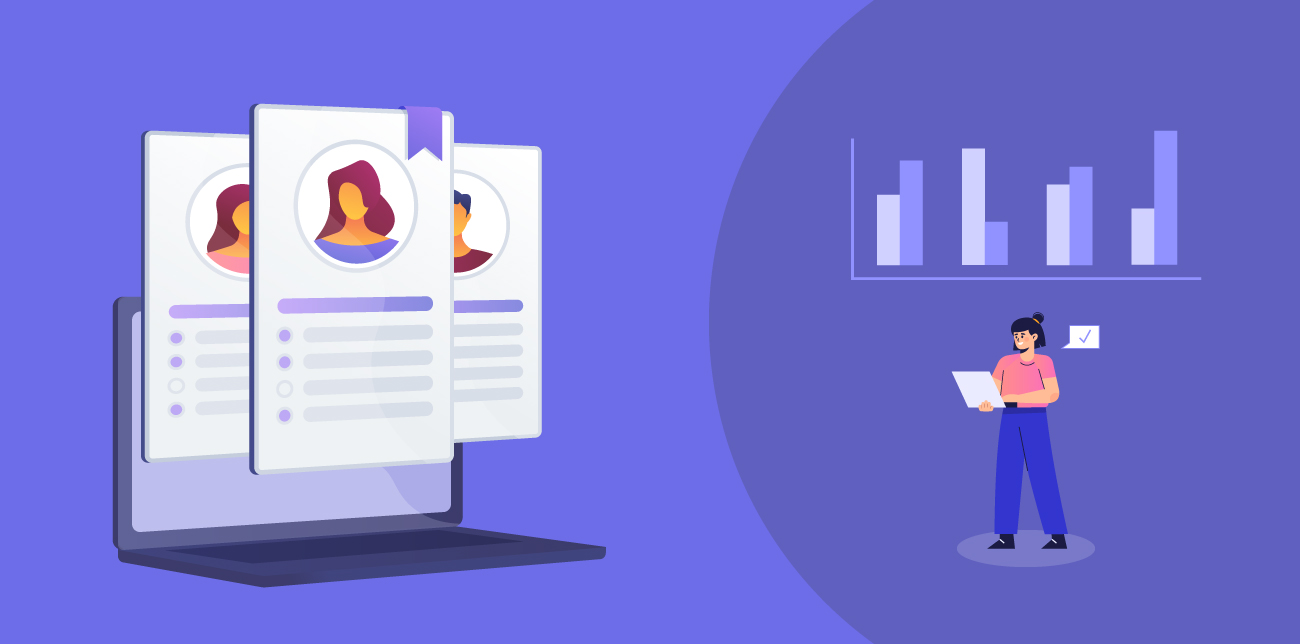

![Benchmarking Growth Strategies of Top Fashion Retailers [Study]](https://blog.contactpigeon.com/wp-content/uploads/2025/11/top-fashion-retailers.jpg)